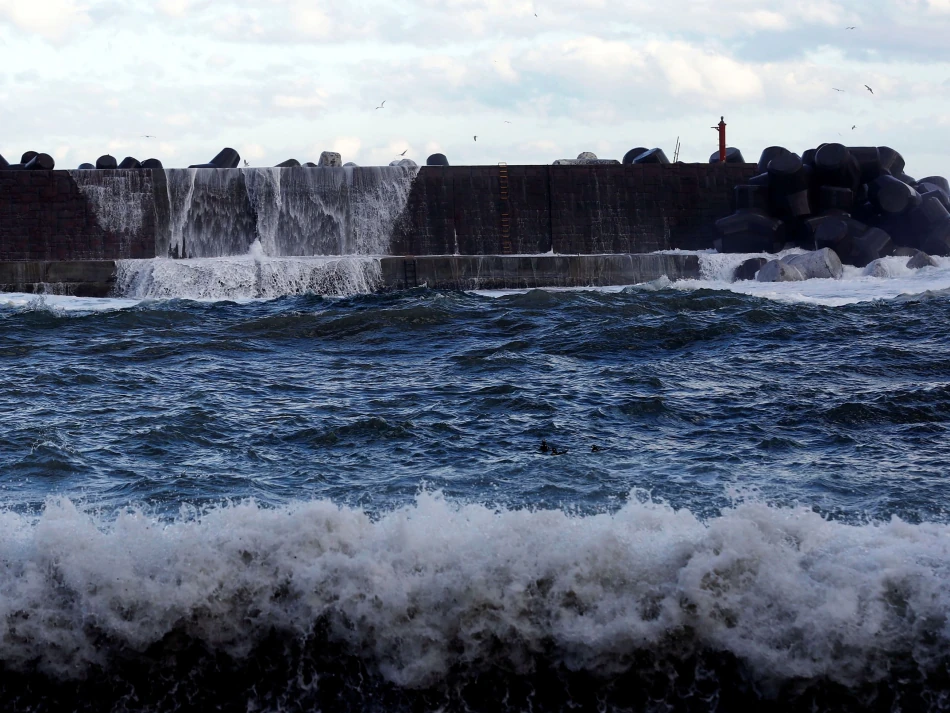
Tsunami Warning Issued for Japan and Philippines, Prompting Evacuation of 1 Million Amid Typhoon 'Fongwong'
Japan issued tsunami warnings for Iwate Prefecture while the Philippines evacuated nearly one million people as powerful Typhoon Fong Wong slammed into the main island of Luzon. Both countries are dealing with major natural disasters that forced mass evacuations and emergency responses.
Japanese authorities detected a tsunami wave 70 kilometers off the coast of Iwate Prefecture at 5:12 PM local time. The wave, expected to reach about one meter high, was heading toward the Pacific coastline. A 6.26-magnitude earthquake struck earlier off Japan's eastern coast near Honshu island, which includes Iwate Prefecture.
The Philippines faces a more immediate crisis. Typhoon Fong Wong, known locally as Owan, hit Luzon with winds reaching 185 kilometers per hour and gusts up to 230 kilometers per hour. The storm brought heavy rainfall and forced authorities to suspend work and schools across many areas, including Greater Manila.
This comes just days after Typhoon Kalmaegi killed 224 people in the Philippines and five in Vietnam, destroying coastal areas across the region. The back-to-back storms show how vulnerable Southeast Asian archipelagos are to severe weather events.
Philippine authorities issued the highest level-five warnings for southeastern and central regions, including Catanduanes, Camarines Sur, and Aurora Province. Greater Manila received level-three warnings. Defense Minister Gilberto Teodoro warned residents that refusing evacuation orders is both dangerous and illegal.
The economic impact is already visible. Aviation authorities canceled about 400 domestic and international flights. The military redirected 2,000 soldiers from field training to focus on humanitarian aid and disaster response.
For the Philippines, this represents another test of disaster preparedness systems that have been developed after years of deadly typhoons. The country sits in one of the world's most active typhoon zones, making effective evacuation procedures critical for saving lives.
Both Japan and the Philippines have invested heavily in early warning systems, but the frequency of severe weather events continues to challenge their emergency response capabilities. The current situations highlight how natural disasters can strike multiple countries simultaneously, stretching regional resources thin.
 Sara Khaled
Sara Khaled







